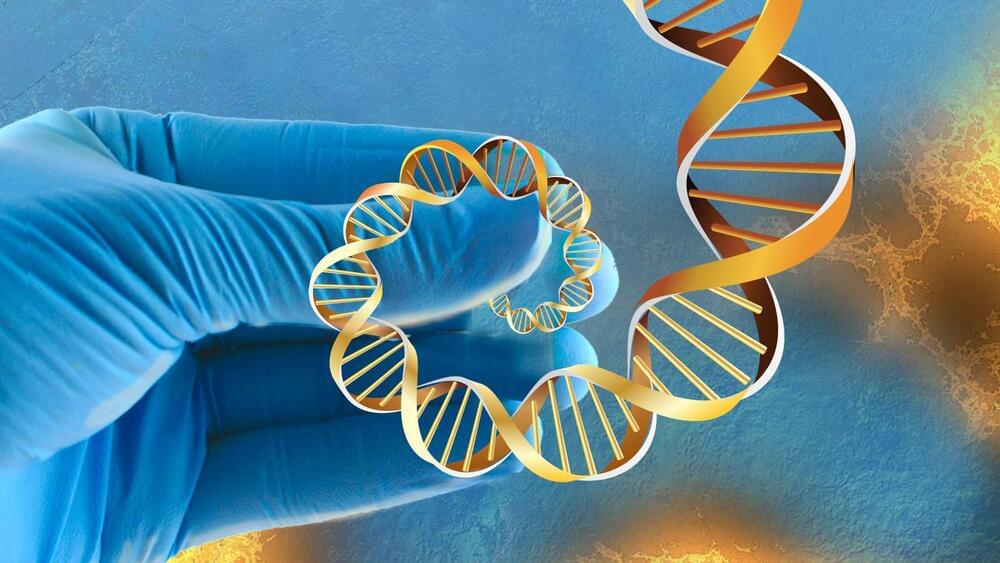Forest floor-dwelling fungi can send one another electrical signals to form word-like clusters, according to a computer scientist, but whether that represents something akin to language isn’t clear.



During the Chiriquí Period between AD 800 – 1,500, many settlements grew into large communities around the alluvial lands of the Térraba River and its main tributaries, constructing large structures using round-edged boulders, paved areas, burial sites, and circular or rectangular mounds with stone walls.
The Diquís reached an apex of cultural development during this period, with Diquís artisans creating elaborate ceramic, bone, and gold objects, and sculpturing stone spheres in important zones within the settlements. Stone spheres were also placed in alignments in public plazas, or along the approach to the dwellings of the ruling elite or chieftains.
Archaeologists from the Instituto Nacional de Antropología e Historia (INAH) and the National Museum of Costa Rica (MNCR) have excavated 6 stone spheres as part of a wider project to preserve the monuments.


COLORADO SPRINGS — A shortage of Ukrainian Antonov aircraft raises the prospect of more delays for satellite projects already bogged down by supply chain issues.
Satellite manufacturers make heavy use of large cargo space on Antonovs to transport GEO spacecraft from factory to launch site.
But some Antonovs have been destroyed amid Russia’s war in Ukraine, noted Mark Quinn, head of Willis Towers Watson’s satellite insurance business, and those that are in service tend to be owned by Russian air cargo companies subject to Western sanctions or are being used to support the war effort.



This image from the NASA/ESA Hubble Space Telescope reveals tendrils of dark dust threading across the heart of the spiral galaxy NGC 7172. The galaxy lies approximately 110 million light-years from Earth in the constellation Piscis Austrinus. The lane of dust threading its way across NGC 7,172 is obscuring the luminous heart of the galaxy, making NGC 7,172 appear to be nothing more than a normal spiral galaxy viewed from the side.
When astronomers inspected NGC 7,172 across the electromagnetic spectrum they quickly discovered that there was more to it than meets the eye: NGC 7,172 is a Seyfert galaxy—a type of galaxy with an intensely luminous active galactic nucleus powered by matter accreting onto a supermassive black hole.
This image combines data from two sets of Hubble observations, both proposed to study nearby active galactic nuclei. The image also combines data from two instruments—Hubble’s Advanced Camera for Surveys and Wide Field Camera 3.
A new human-computer interaction system enables severely motor-impaired individuals who communicate using a single switch to do so faster and with more accuracy. This assistive technology is led by Tamara Broderick of MIT.


The study also developed an automated diagnostic pipeline to streamline the genomic data— including the millions of variants present in each genome—for clinical interpretation. Variants unlikely to contribute to the presenting disease are removed, potentially causative variants are identified, and the most likely candidates prioritized. For its pipeline, the researchers and clinicians used Exomiser, a software tool that Robinson co-developed in 2014. To assist with the diagnostic process, Exomiser uses a phenotype matching algorithm to identify and prioritize gene variants revealed through sequencing. It thus automates the process of finding rare, segregating and predicted pathogenic variants in genes in which the patient phenotypes match previously referenced knowledge from human disease or model organism databases. The use of Exomiser was noted in the paper as having greatly increased the number of successful diagnoses made.
The genomic future.
Not surprisingly, the paper concludes that the findings from the pilot study support the case for using whole genome sequencing for diagnosing rare disease patients. Indeed, in patients with specific disorders such as intellectual disability, genome sequencing is now the first-line test within the NHS. The paper also emphasizes the importance of using the HPO to establish a standardized, computable clinical vocabulary, which provides a solid foundation for all genomics-based diagnoses, not just those for rare disease. As the 100,000 Genomes Project continues its work, the HPO will continue to be an essential part of improving patient prognoses through genomics.